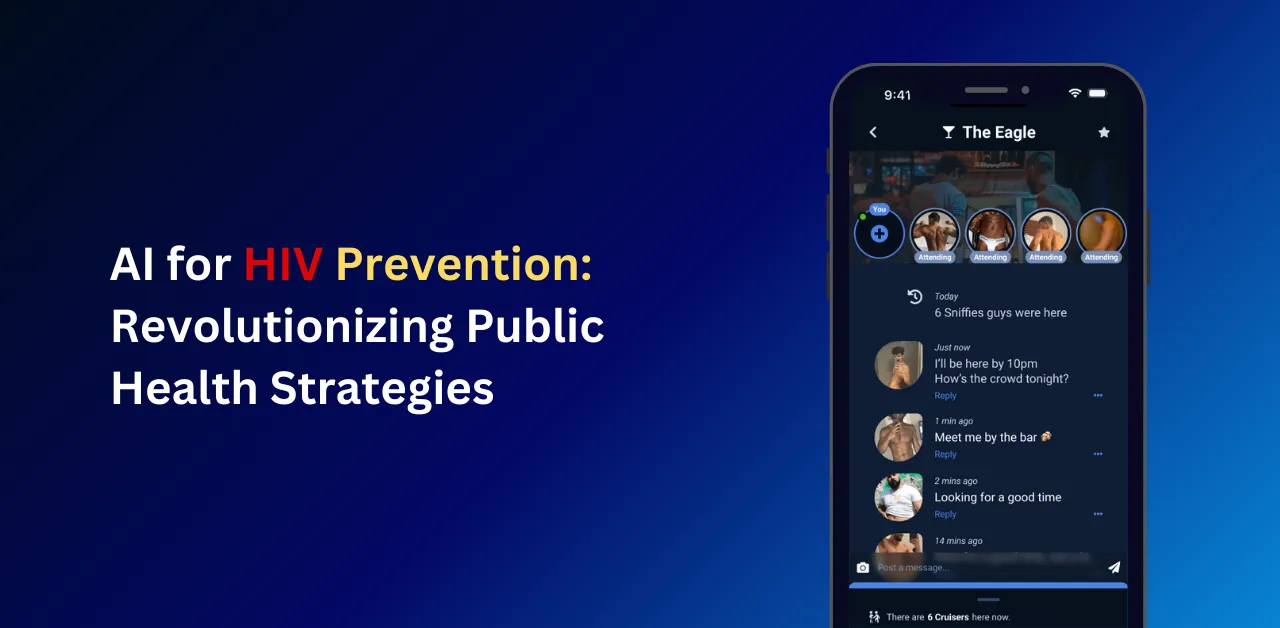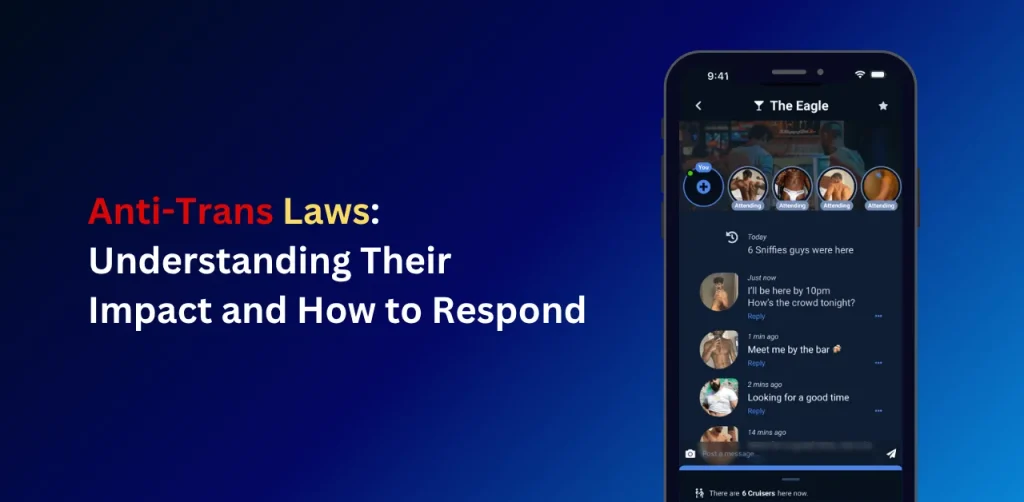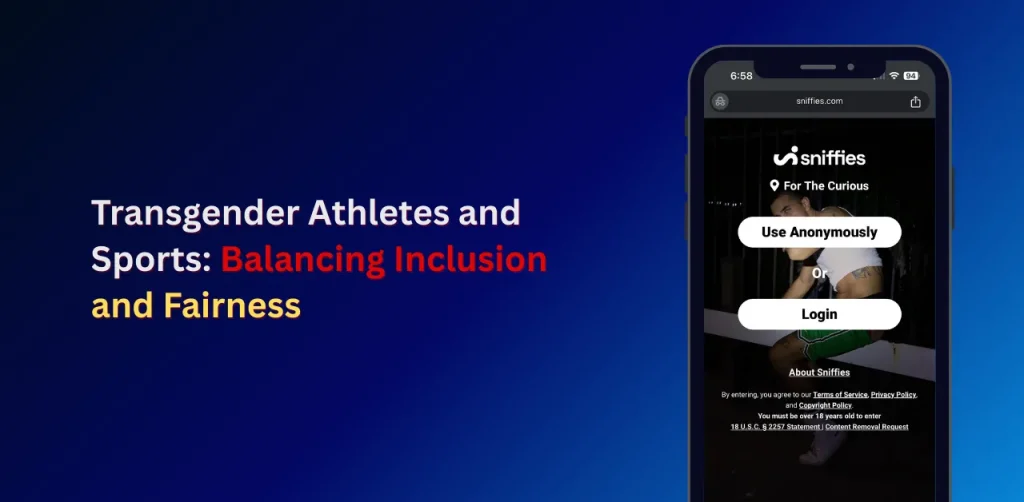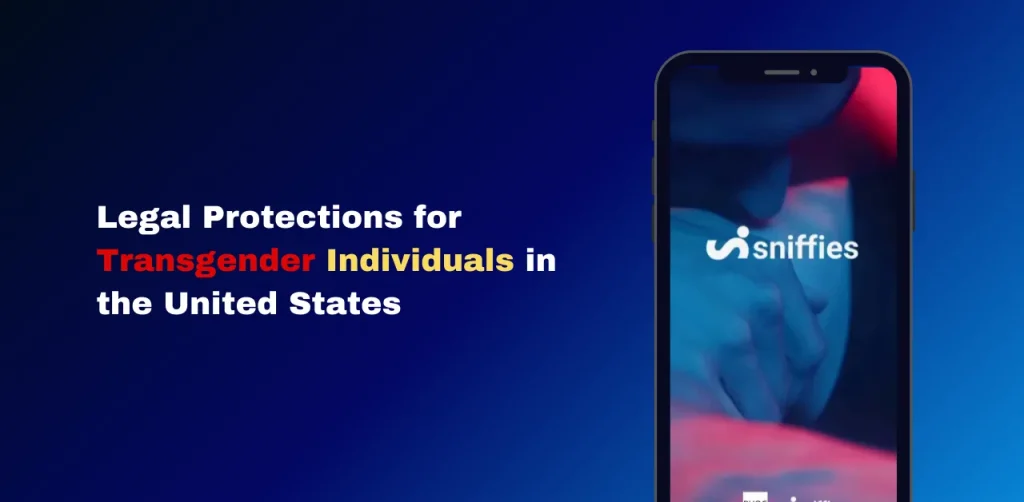How AI is Transforming HIV Prevention: Strategies and Insights

Can artificial intelligence stop the spread of HIV? AI is revolutionizing HIV prevention by predicting outbreaks, identifying at-risk individuals, and delivering real-time education. From machine learning models that forecast new cases to chatbots offering personalized guidance, AI empowers public health strategies like never before.
Explore how AI transforms HIV prevention with actionable insights, predictive analytics, and innovative tools that save lives. This guide dives into the latest AI advancements, offering practical solutions for communities and healthcare providers.
The Role of AI For HIV Prevention
Artificial intelligence (AI) is reshaping public health, particularly in the fight against HIV. By leveraging machine learning (ML), natural language processing (NLP), and predictive analytics, AI offers innovative solutions to predict, prevent, and manage HIV infections. From analyzing big data to delivering personalized interventions, AI is a game-changer for communities, healthcare providers, and policymakers aiming to end the HIV epidemic.
Why AI Matters for HIV Prevention
AI’s ability to process vast datasets and identify patterns makes it a powerful tool for HIV prevention. Unlike traditional methods, AI can:
- Predict new HIV diagnoses using search engine data.
- Identify at-risk populations for targeted interventions.
- Provide real-time, expert-validated health information via chatbots.
These capabilities align with the U.S. government’s 2019 goal to end the HIV epidemic within a decade, emphasizing early diagnosis, treatment, and prevention.
Predictive Analytics: Forecasting HIV Trends
AI-driven predictive models analyze data from sources like Google Trends and electronic health records (EHRs) to forecast HIV diagnoses. For example, a 2018 study used Google search data to predict state-level HIV cases with 99% accuracy (R² = 0.99). These models help public health officials:
- Monitor potential outbreaks in real time.
- Allocate resources to high-risk areas.
- Create visualization maps for better decision-making.
By identifying trends at the population level, AI enables proactive interventions, reducing new infections.
How It Works
Using machine learning algorithms like LASSO, researchers combine search volume data with CDC reports to predict HIV cases. Keywords related to HIV risk behaviors or symptoms are analyzed to identify patterns. For instance, searches for “HIV symptoms” or “risky sexual behavior” can signal potential outbreaks, allowing health departments to act swiftly.
AI Chatbots: Delivering Personalized Education
AI-powered chatbots, like MARVIN, provide 24/7 access to expert-validated HIV information. These tools support self-management by:
- Offering advice on antiretroviral therapy (ART).
- Sending medication reminders.
- Educating users on prevention methods like PrEP (pre-exposure prophylaxis).
A 2021-2022 study found MARVIN’s usability score exceeded 69.9/68, with users praising its accessibility and confidentiality. However, limitations like limited comprehension highlight the need for ongoing development.
Benefits and Challenges
Benefits:
- Immediate, stigma-free access to information.
- Tailored responses for diverse groups, when prompted.
- Support for peer health education.
Challenges: - Limited ability to tailor responses without explicit prompts.
- Platform-specific barriers, like reliance on Facebook Messenger.
Future improvements could include proactive engagement and location-specific resource recommendations.
Machine Learning for Identifying At-Risk Groups
Machine learning algorithms analyze EHRs and social media data to identify individuals who could benefit from PrEP or counseling. For example:
- A New York study used NLP to extract risk behaviors from clinical notes, improving prediction accuracy for HIV diagnoses.
- In rural Kenya and Uganda, ML identified PrEP candidates based on serodifferent partnerships and risk scores.
These tools achieve high predictive performance (AUC of 0.86 in some studies), enabling targeted interventions that prevent new infections.
Practical Applications
- Cluster Analysis: Identifies behavioral patterns in vulnerable groups, such as MSM (men who have sex with men), to tailor prevention strategies.
- Real-Time Interventions: Smartphone apps use ML to predict risky behaviors and deliver timely messages, like promoting condom use.
Future Directions and Research
AI’s potential in HIV prevention is vast, with ongoing research pointing to exciting possibilities.
Advancements in Vaccine Design
AI is accelerating HIV vaccine development by simulating viral evolution and predicting immune responses. By identifying conserved viral regions, AI could lead to a universal vaccine, a critical step toward ending the epidemic.
Integration with Single-Cell Sequencing
Combining AI with single-cell sequencing allows researchers to identify precise biomarkers for HIV infection and progression. This could lead to targeted therapies and a deeper understanding of the virus at a molecular level.
Community Involvement and Ethical AI Development
Community engagement is vital for AI’s success in HIV care. A 2024 study found 75% of Black gay men in Africa believe AI can improve HIV prevention, and 55% see it fostering inclusive healthcare. Involving communities ensures AI tools meet real needs and are trusted. Ethical AI development, emphasizing transparency and accountability, is also critical. Source: Duke Global Health
Challenges and Ethical Considerations
While AI offers significant potential, several challenges must be addressed to ensure its responsible use.
Data Privacy and Security
HIV data is highly sensitive, and breaches could lead to stigma or discrimination. Robust security measures are essential to protect patient information and maintain trust in AI systems.
Ensuring AI Accuracy and Reliability
AI models depend on the quality of their training data. Biases in data can lead to inaccurate predictions, potentially worsening health disparities. Regular validation and updates are necessary to ensure reliability across diverse populations.
Addressing Bias and Equity
AI must be designed to avoid perpetuating inequalities. For example, if training data underrepresents certain groups, models may perform poorly for them. Developers must prioritize inclusivity to ensure equitable outcomes, as highlighted in discussions at AIDS2024. Source: Duke Global Health
Technology Accessibility and the Digital Divide
Not everyone has access to smartphones or reliable internet, limiting the reach of AI tools like chatbots. In resource-limited settings, solutions must leverage existing infrastructure or low-cost technologies to bridge the digital divide.
Optimizing AI for User Needs
AI platforms must address user intent to be effective. Common questions from “People Also Ask” and related searches include:
- “How effective is PrEP?”
- “What are the side effects of HIV medications?”
- “Where can I get HIV testing near me?”
AI responses should be comprehensive, accurate, and tailored. For example, ChatGPT-4o excels in clarity and accuracy but may omit location-specific resources unless prompted.
Tips for Effective AI Responses
- Use Non-Stigmatizing Language: Avoid terms that perpetuate stigma, following WHO and CDC guidelines.
- Incorporate Local Resources: Tailor responses to include nearby clinics or testing centers.
- Simplify Complex Terms: Explain “antiretroviral therapy” as “medicines that control HIV” for better understanding.
Actionable Strategies for Leveraging AI
To integrate AI into HIV prevention efforts, consider these steps:
- Collaborate with Public Health Experts: Work with organizations like the CDC to develop AI tools grounded in real-world data.
- Invest in Chatbot Development: Enhance platforms like MARVIN with proactive features and multilingual support.
- Use Predictive Models: Deploy AI models to monitor and predict HIV trends in local communities.
- Educate Communities: Use AI chatbots to deliver stigma-free education and promote testing.
- Optimize for Mobile: Ensure AI tools are accessible on smartphones, aligning with Google’s mobile-first indexing.
How does AI help in HIV prevention?
AI helps prevent HIV by using predictive analytics to forecast outbreaks, identifying at-risk groups through machine learning, and providing real-time education via AI chatbots.
Can AI predict who is at risk for HIV?
Yes, machine learning for HIV uses data from electronic health records and social media to identify at-risk individuals.
Conclusion
AI is a powerful ally in HIV prevention, offering predictive insights, personalized education, and targeted interventions. By harnessing machine learning, chatbots, and NLP, public health efforts can become more proactive and effective. To stay ahead, focus on user-centric, mobile-optimized tools that deliver accurate, stigma-free information. As AI technology evolves, its potential to end the HIV epidemic grows, making it a critical tool for healthcare providers and communities alike.
For more information, explore our latest article Pronoun-Inclusive Email Signatures or Legal Protections for Transgender Individuals enjoy reading.



